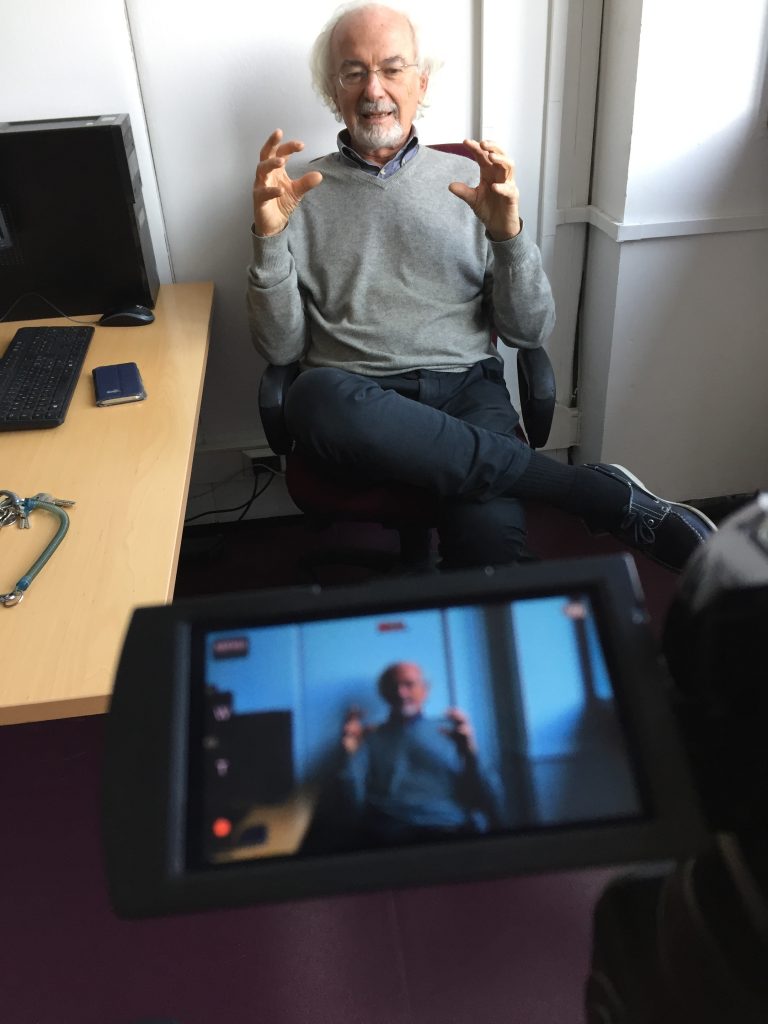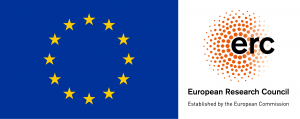#SemioPills 3: Ugo Volli

Ugo Volli (b. 1948, Trieste) is a prominent Italian intellectual and a leading figure in the fields of semiotics and the philosophy of language. A close friend and collaborator of Umberto Eco, the official theatre critic of “la Repubblica” from 1976 to 2009, he has taught at the University of Bologna and at the IULM University of Milan; since 2000, he is Full professor of Semiotics and the director of CIRCe (Interdepartmental Centre for Research on Communication) at the University of Turin. His writings encompass general theoretical works in the fields of semiotics and the philosophy of language and the analysis of texts and phenomena such as science, art, design, fashion, sexuality, advertising, television, politics, theatre, Judaism and the Bible. Most of his publications can be freely downloaded at unito.academia.edu/UgoVolli and sites.google.com/site/profugovolli.
These are the questions we asked Prof. Volli:
- Quali sono secondo the le specificità dell’approccio semiotico alla religion? / What are the specificities of the semiotic approach to religion?
- Come può la semiotica contribuire alla definizione dei concetti di religione, religiosità e le singole religioni? / How does semiotics can define religion, religiousness, and religions?
- Nel tuo libro Domande alla Torah (Epos, 2012) hai usato semiotica e filosofia del linguaggio per indagare i libri sacri della Legge ebraica. Che limiti hai riscontrato nell’utilizzare questa prospettiva e come l’hai conciliata con la secolare tradizione esegetica ebraica? / In your book Domande alla Torah (‘Questions to the Torah’; Epos, 2012) you used semiotics and the philosophy of language to shed light upon the sacred books of the Jewish Law. Which limits did you find in employing such a perspective and how did you conciliate it with the secular tradition of Jewish exegesis?
- Dal 1976 — anno della sua fondazione — fino al 2009 sei stato il critico teatrale de “la Repubblica”. Fino a che punto è possibile secondo te instaurare un parallelo tra teatro e liturgia, sulla base delle caratteristiche rituali e simboliche che entrambe queste pratiche presentano? / From 1976 — the year of its foundation — to 2009 you were the theatre critic of one of the most important Italian newspapers, “la Repubblica”. To which extent can we draw a parallel between theatre and liturgy, according to their prominent ritual and symbolic features?
- Nel tuo libro Per il politeismo (Feltrinelli, 1992) utilizzi le nozioni di mono e politeismo in maniera metaforica per affermare la necessità di una pluralità di linguaggi, valori e ideologie, anche a costo di generare uno scontro culturale. Se dovessi (ri)scrivere questo libro oggi, cambieresti qualcosa in questa tua visione pluralistica? / In your book Per il politeismo (‘For the polytheism’; Feltrinelli, 1992) you employed the notions of mono and polytheism metaphorically in order to maintain the necessity of pluralism as regards languages, values, and ideologies, even at the cost of generating cultural conflict. If you had to (re)write such book today, would you change something in this pluralistic vision of yours?
You can find his answers in the following video.

